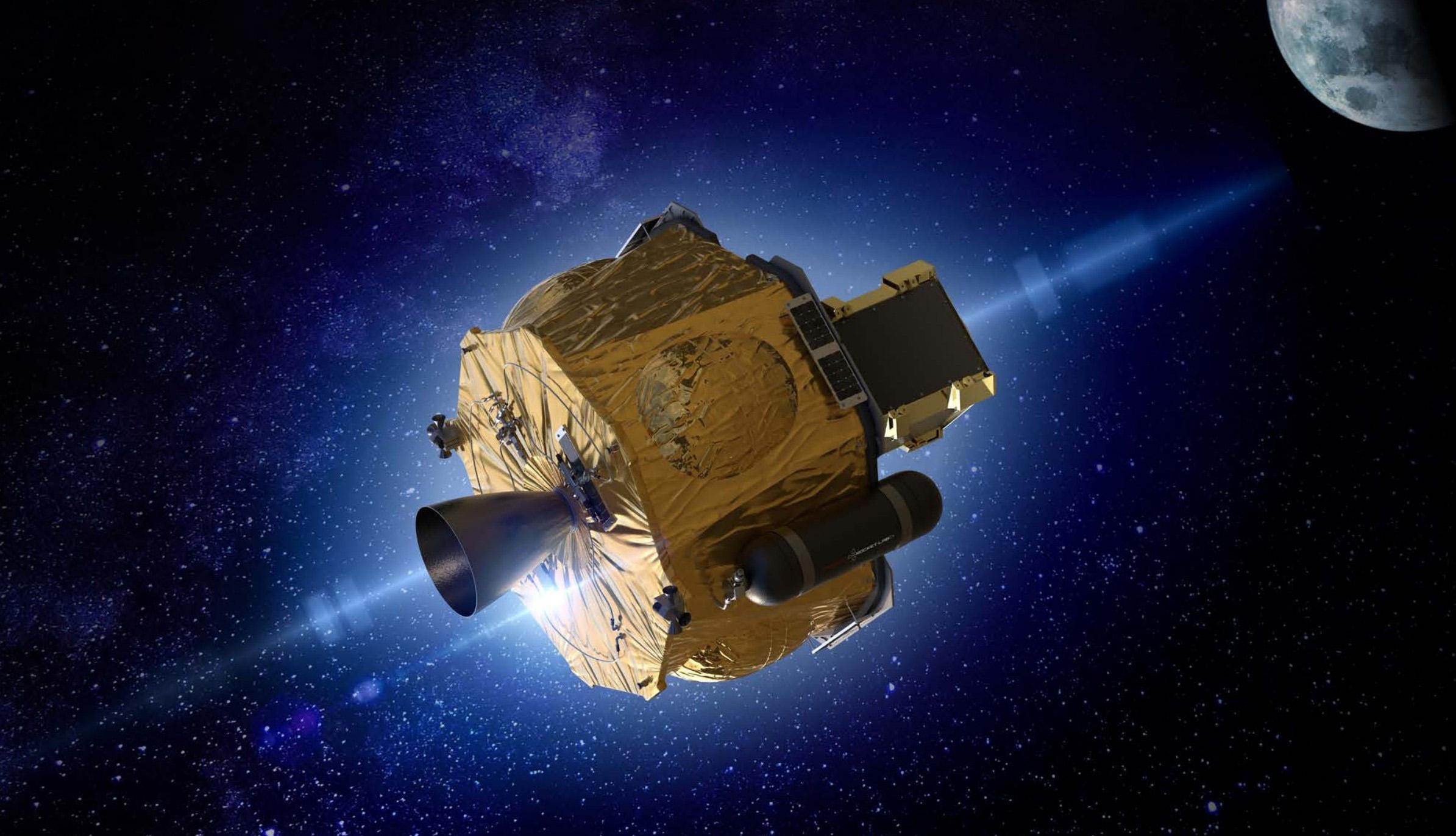

News
Rocket Lab spacecraft sends NASA’s CAPSTONE mission to the Moon
Rocket Lab has successfully sent a small NASA spacecraft on its way to the Moon, acing the complex interplanetary launch on its first try.
The public aerospace company’s (mostly) standard two-stage Electron rocket lifted from its New Zealand-based LC-1 pad on June 28th and inserted NASA’s tiny 25-kilogram (~55 lb) “Cislunar Autonomous Positioning System Technology Operations and Navigation Experiment” (CAPSTONE) spacecraft into a low Earth parking orbit without issue. As is fairly typical for most modern Electron launches, a small ‘kick stage’ was included for orbital operations and payload deployment, but CAPSTONE’s kick stage and destination were anything but typical.
Instead of slightly and briefly tweaking a run-of-the-mill low Earth orbit, CAPSTONE’s kick stage was tasked with sending the spacecraft (and itself) all the way from LEO (~300 kilometers) to a lunar transfer orbit with an apoapsis 1.2 million kilometers (~750,000 mi) from Earth.
To accomplish that feat, Electron’s extensively upgraded Lunar Photon kick stage would need to perform more than half a dozen major burns spread out over almost a week, and survive hostile conditions while maintaining total control throughout. Generally speaking, Rocket Lab offers three kick stage variants: a standard low-thrust, low-longevity stage for small orbital adjustments shortly after launch; an upgraded Photon that can either serve as a long-lived satellite or kick stage; and an even more upgraded Photon with large propellant tanks and a more powerful ‘HyperCurie’ engine. With an impressive 3200+ meters per second of delta V, the latter variant could boost significant payloads into higher Earth orbits but is primarily designed for deep space missions – sending payloads beyond Earth orbit.
Rocket Lab wants to launch its own self-funded mission(s) to Venus, delivering one or several small atmospheric probes to help peel back the curtain on the chronically under-explored planet. It also won a 2021 contract to supply a pair of Mars-bound Photon spacecraft buses for NASA’s Escape and Plasma Acceleration and Dynamics Explorers (ESCAPADE) in 2024, and has multiple orders for simpler Photons that will support slightly more ordinary missions back in Earth orbit.
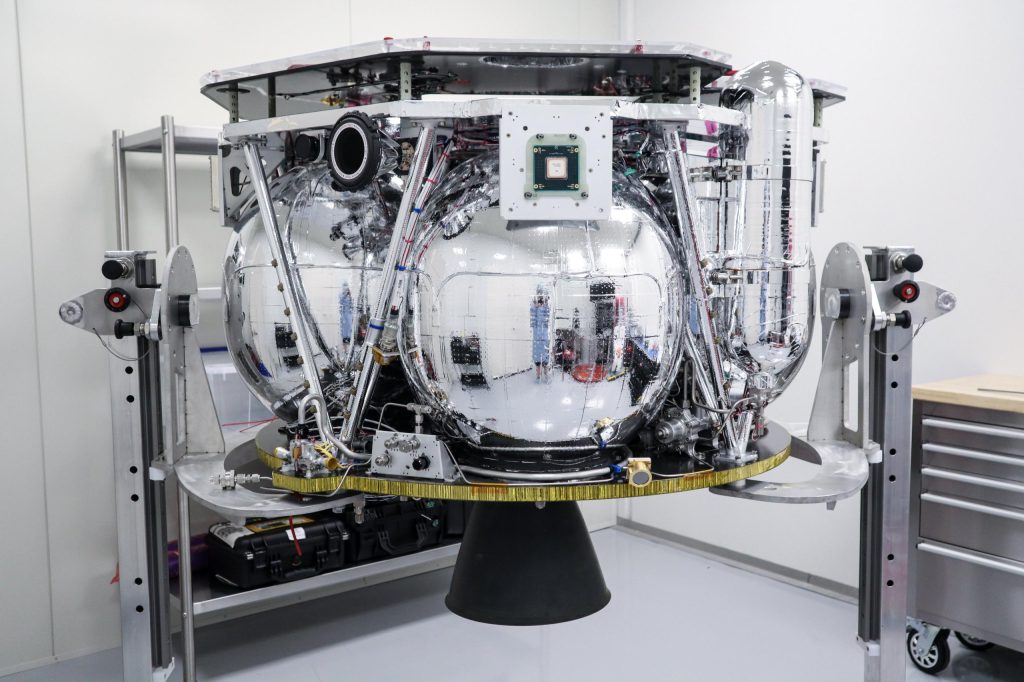
Lunar Photon’s performance on CAPSTONE bodes extremely well for those ambitious future plans. Within hours of reaching orbit, Photon had begun the orbit-raising process. Over the course of five days, Photon performed six major burns, effectively taking larger and larger ‘steps’ towards the Moon. The spacecraft’s seventh and final burn boosted its apoapsis almost tenfold from ~70,000 to 1.2 million kilometers from Earth, officially placing CAPSTONE on a ballistic lunar trajectory (BLT). While highly efficient, CAPSTONE’s trajectory means it will have to wait until November 2022 to truly enter orbit around the Moon using its own small thrusters.
Once there, “CAPSTONE will help reduce risk for future spacecraft by validating innovative navigation technologies and verifying the dynamics of” lunar near-rectilinear halo orbits (NRHO). The story behind that strange lunar orbit – which will make exploring the Moon’s surface significantly less convenient – is far less glamorous, however. CAPSTONE is essentially a tiny precursor to NASA’s Artemis Program, which the agency claims will help “establish the first long-term presence on the Moon.”
In reality, NASA’s concrete plans currently include a series of short and temporary human landings in the 2020s. While the agency has contracted with SpaceX to develop a potentially revolutionary Starship Moon lander for a single uncrewed and crewed demonstration mission, NASA’s current plan involves using its own Space Launch System (SLS) rocket and Orion spacecraft as a sort of $4 billion lunar taxi to carry astronauts from Earth’s surface to a Starship lander waiting in lunar orbit. Starship will then carry those astronauts to the surface, spend about a week on the ground, launch them back into lunar orbit, and rendezvous with Orion, which will finally return them to Earth.
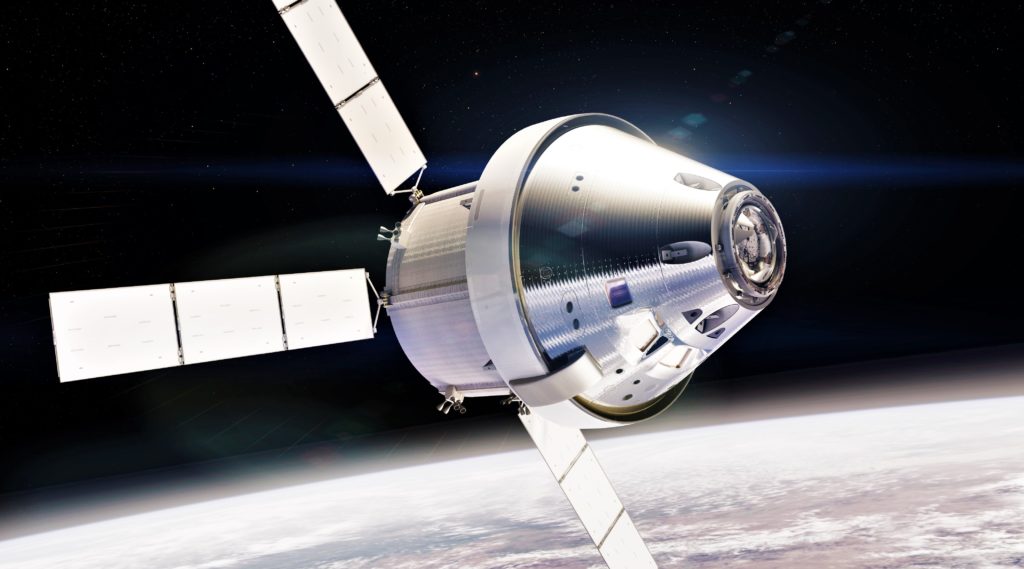
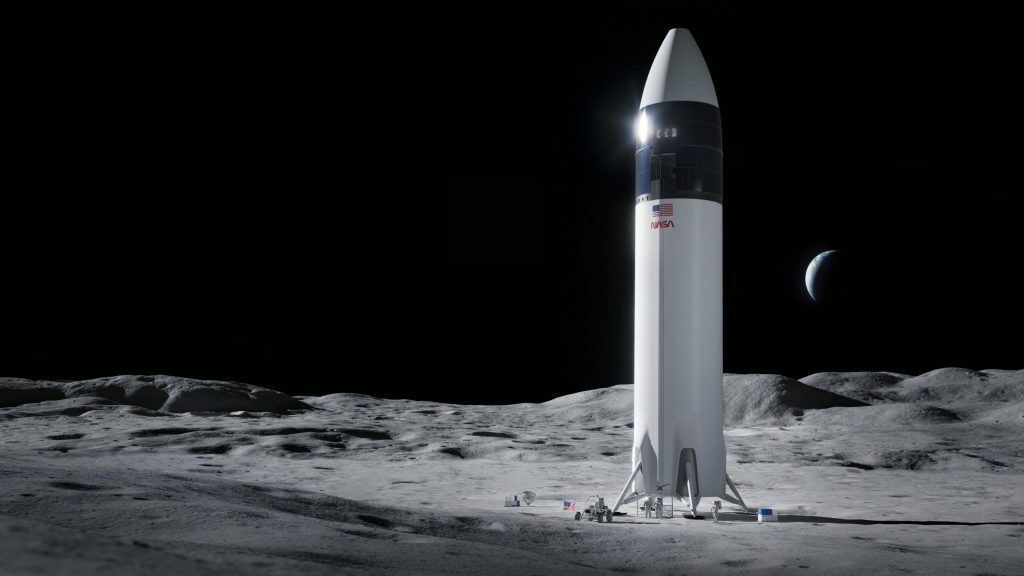
Orion’s service module delivers about half as much delta V as NASA’s 50-year-old Apollo Service Module, severely limiting its deep space utility and making safe crewed trips to and from low lunar orbits virtually impossible on its own. Instead of improving the spacecraft’s performance and flexibility by upgrading or replacing the European-built service module (ESM) over the last decade, NASA accepted that Orion would only ever be able to send astronauts to lunar orbits that would always be inconvenient for surface operations.
CAPSTONE’s ultimate purpose, then, is to make sure that spacecraft operate as expected in that compromise orbit – only necessary because Orion can’t reach the lower lunar orbits that are already thoroughly understood.
Elon Musk
Elon Musk confirms Grok 4 launch on July 9 with livestream event
The rollout will be accompanied by a livestream at 8 p.m. Pacific Time.
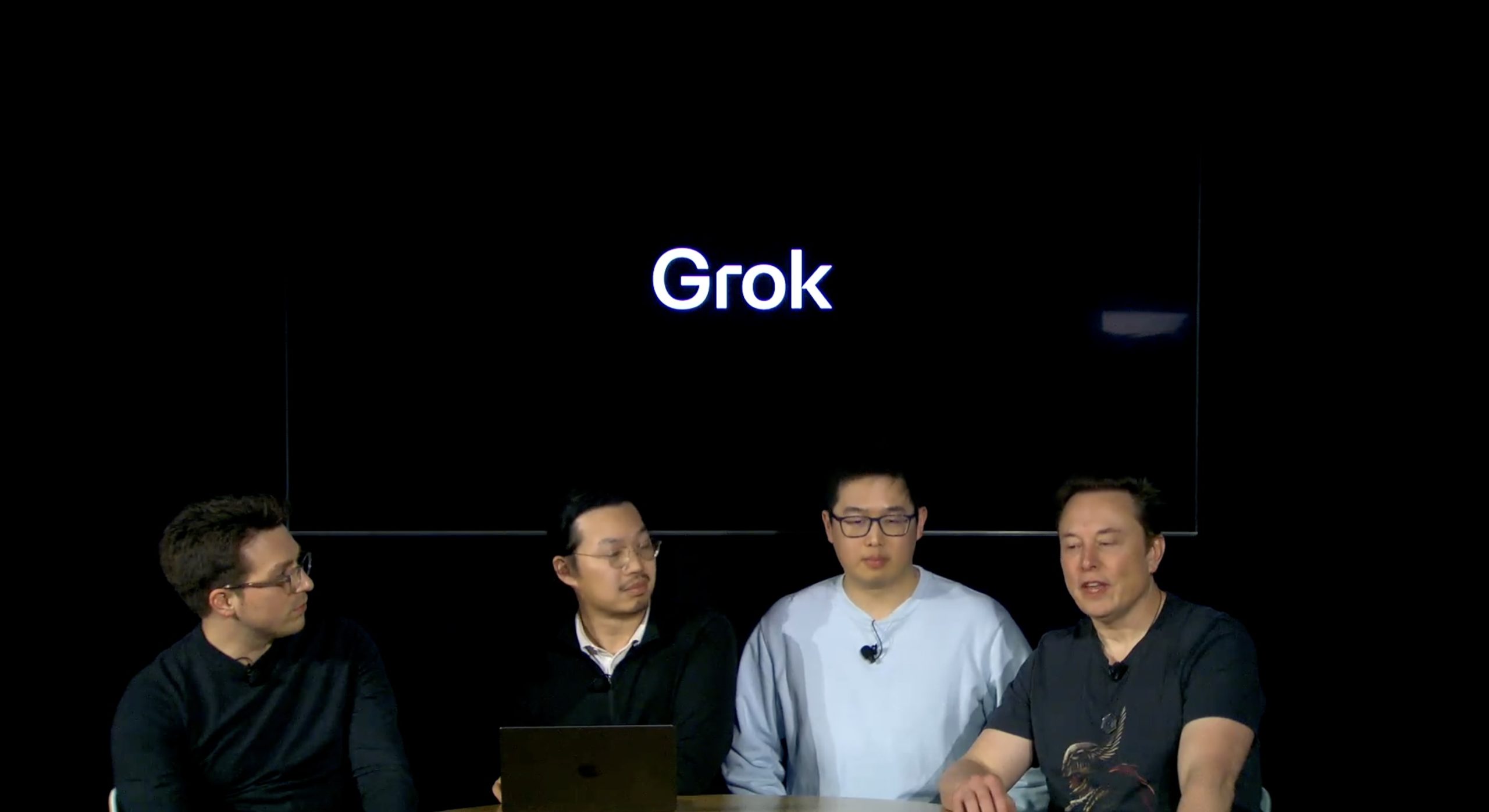
Elon Musk has officially confirmed that Grok 4, the latest version of xAI’s large language model, will launch on July 9. The rollout will be accompanied by a livestream at 8 p.m. Pacific Time, hosted on xAI’s official account on X.
xAI goes straight to Grok 4
Back in May, leaks indicated that xAI was getting ready to ship Grok 3.5. Considering Musk’s recent comments, however, it appears that the artificial intelligence startup would be focusing on the large language model’s fourth iteration instead. As noted in a Financial Express report, users on X have sighted references to Grok 4 in the lead up to the update’s launch, such as “grok-4-prod-mimic” and “Grok 4 Code.”
Musk’s Grok 4 announcement comes as AI competition intensifies between major players including OpenAI, Google, and xAI. With Musk’s Colossus supercomputer fully operational in Memphis, xAI appears to be accelerating its AI product roadmap.
Musk pushes Grok toward political neutrality
Grok 4’s launch also follows a recent controversy involving political bias, as noted in a CNN report. Last week, Grok responded to a user on X stating that political violence in the U.S. since 2016 had come more from the political right than the left. The chatbot noted in a later reply that its answer was based on information from sources like Reuters, the Journal of Democracy, and University of Maryland studies.
Musk stated that Grok’s response was a “major fail.” “Major fail, as this is objectively false. Grok is parroting legacy media. Working on it,” he wrote in a post on X. By the end of June, Musk noted that he was “grinding all night with the xAI team” and that they were making “good progress.” He also stated that the model “Will be called Grok 4. Release just after July 4th. Needs one more big run for a specialized coding model.”
News
Tesla opens massive solar Supercharger station in California
The Supercharger opened to customers ahead of Fourth of July weekend, while Tesla continues phase two of construction on the site.

Tesla has officially launched the first several Supercharging posts at a massive station in California, notably including solar canopies and grid-scale batteries to offer completely renewable charging.
Last week, Tesla announced on X that it opened the first 84 Supercharger stalls of a planned 168-stall station in Lost Hills, California. Additionally, the massive Supercharger project features 11MW of solar canopies and 10 Megapack batteries for off-grid charging powered entirely by solar energy.
Tesla completed the first phase of the project just days ahead of the busy Fourth of July holiday weekend, adding that initial construction took just eight months. In addition to the remaining charging stalls, Tesla says it’s building a set of lounge areas, renderings of which can be seen below alongside current photos of the site.
Notably, the site also includes V4 charging posts for the company’s latest available charging speeds, and it’s located near the busy junction between I-5 and Highway 46 in Kern County.
“Thank you [Kern County] and [PG&E] for collaboration and approvals,” Tesla wrote in a follow-up post.
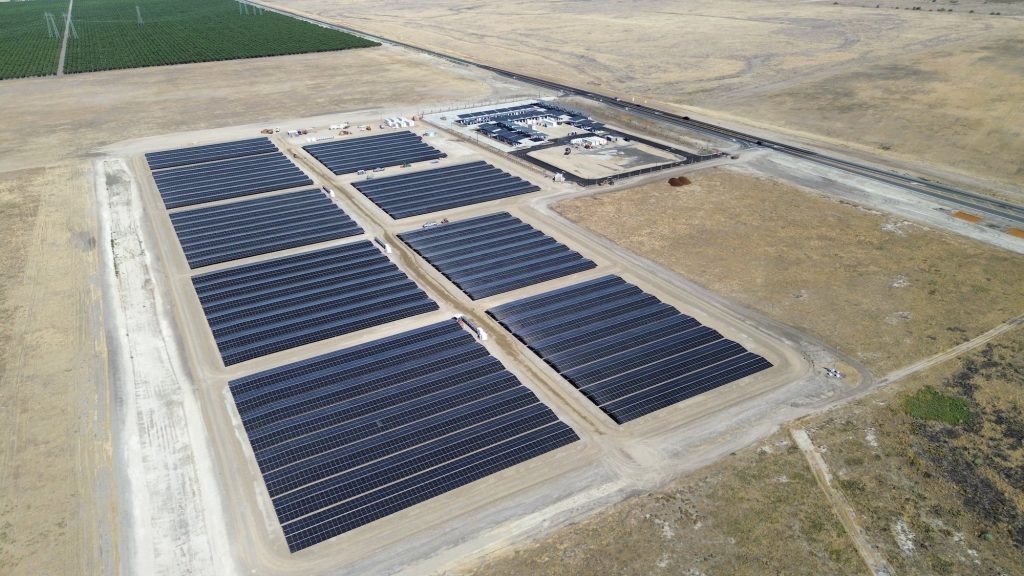
Credit: Tesla Charging | X

Credit: Tesla Charging | X

Credit: Tesla Charging | X

Credit: Tesla Charging | X
Tesla Supercharger Maps for North America, Europe, and Asia pic.twitter.com/0U5r0XRPyo
— TESLARATI (@Teslarati) July 2, 2025
READ MORE ON TESLA SUPERCHARGERS: Tesla launches ultra-fast V4 Superchargers in China for the first time
Testing at the LA Diner, plus Musk update on potential Tesla solar Gigafactory
The huge Tesla Supercharger station completed phase one of construction fairly quickly, especially given how long Tesla has been working on its unique Los Angeles diner, drive-in, and Supercharger location. Still, the company was seen performing some testing at the nearly-completed charging station earlier this month, and will reportedly be holding a job fair.
Elon Musk also responded on Monday morning to a post on X, suggesting that Tesla is “thinking about” building a U.S.-based solar Gigafactory in order to help support increased power needs with AI growth, and to bolster domestic solar production.
Tesla is building a new UFO-inspired Supercharger in the heart of Alien country
News
Tesla driver walks away from major accident with minor injuries
The driver sustained only minor injuries, and the exact cause of the crash remains under investigation.

The driver of a Tesla Model Y survived and walked away from a harrowing accident on Monday in California, only sustaining minor injuries despite the vehicle being impaled by a guardrail.
On Monday morning around 4:34 a.m., the Los Banos division of the California Highway Patrol (CHP) responded to the accident on I-5 near Panoche Road, involving a 23-year-old in a Tesla Model Y. According to a post on social media, the driver veered off the road for unknown reasons in the northbound lane, before crashing directly into the guardrail and impaling the vehicle.
You can read the full message and photos from Los Banos CHP below, as were shared in a Facebook post on Monday afternoon.
This morning a Tesla model y was traveling in the #1 northbound lane of I-5 north of Panoche Rd. For unknown reasons driver allowed V-1 to veer off the roadway, travel through a dirt center divide, and crashed into the fixed metal guardrail. Lucky for the driver he only sustained minor injuries and was able to walk away. Driving a vehicle requires 100% attention to the road. Avoid distractions and focus on driving.

Credit: CHP Los Banos (via Facebook)

Credit: CHP Los Banos (via Facebook)

Credit: CHP Los Banos (via Facebook)
In a statement to SFGate, CHP officer Myles Anderson said that the driver only sustained minor injuries, while no arrests are made and drugs and alcohol are not suspected to have been involved. The report also notes that Tesla’s “cruise control and lane assistance features” were activated, according to Anderson. However, it’s not entirely clear if this is referring to Supervised Full Self-Driving (FSD), or to the cruise control and lane assist features baked into Autopilot.
At the time of writing, CHP has not yet responded to Teslarati’s request for clarification and additional details on the matter.
Tesla Crash Safety Ratings across its lineup: pic.twitter.com/ny30R7ceji
— TESLARATI (@Teslarati) July 1, 2025
READ MORE ON TESLA SAFETY: Tesla rolls out crucial new safety feature aimed at saving children
The news comes after Tesla has touted its vehicles as incredibly safe for many years. In December, for example, the company highlighted receiving top safety scores from regulators on four different continents throughout the world, including from the National Highway Traffic Safety Administration (NHTSA) and the Insurance Institute of Highway Safety (IIHS) in the U.S.
Tesla has also listed the goal of making its vehicles the safest on the road throughout the years, both in the overall design of its vehicles and in its Autopilot and Full Self-Driving (FSD) programs.
Tesla Model 3 ranks as the safest new car in Europe for 2025, per Euro NCAP tests
-

 Elon Musk1 week ago
Elon Musk1 week agoTesla investors will be shocked by Jim Cramer’s latest assessment
-

 News2 weeks ago
News2 weeks agoTesla Robotaxi’s biggest challenge seems to be this one thing
-

 News2 weeks ago
News2 weeks agoWatch the first true Tesla Robotaxi intervention by safety monitor
-

 Elon Musk2 weeks ago
Elon Musk2 weeks agoA Tesla just delivered itself to a customer autonomously, Elon Musk confirms
-

 News2 weeks ago
News2 weeks agoTesla Robotaxi rollout proves that Elon Musk still delivers, even if it’s late
-

 Elon Musk2 weeks ago
Elon Musk2 weeks agoxAI welcomes Memphis pollution results, environmental groups push back
-

 Elon Musk2 weeks ago
Elon Musk2 weeks agoElon Musk commends Tesla team on successful Robotaxi launch
-

 Elon Musk2 weeks ago
Elon Musk2 weeks agoElon Musk confirms Tesla Optimus V3 already uses Grok voice AI




















